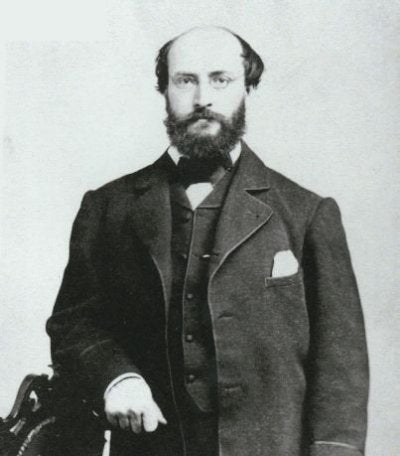Gould was among the first to realize the importance of both telegraphy and photography for astrometry (the precise measurement of star positions and magnitudes) and for the determination of longitude and time. He was also the first to photograph Mars.
Gould became embroiled in a bitter, public controversy over who should control the science done at observatories then being built by wealthy, private donors. He argued that science should guide scientists, not the whims of rich but eccentric patrons. Ultimately, Gould prevailed, although at some personal cost. His public antagonism of what were then astronomy’s main funding sources meant he was never granted a major post in the American astronomical establishment.
However, this did not slow him down much, as he continued to publish The Astronomical Journal and helped found the National Academy of Sciences. Gould then moved to Argentina for 15 years to build Córdoba Observatory, where he produced the 19th century’s greatest catalog of the southern sky. He charted the positions of all stars down to magnitude 7.5 and photographed and measured scores of open clusters in the southern Milky Way.
While in Argentina, Gould rediscovered something as big as the sky: the ring of stars that today’s astronomers call Gould’s Belt in his honor. But Gould wasn’t the first astronomer to notice the Belt. That seems to have been John Herschel, who spent the mid-1830s in South Africa at the Cape of Good Hope completing a survey of the sky started by his illustrious father, William Herschel.
Here’s how John Herschel described the Belt:
- [There’s a] zone of large stars which is marked out by the brilliant constellation of Orion, the bright stars of Canis Major and almost all the more conspicuous stars of Argo, the Cross, the Centaur, Lupus and Scorpio. A great circle passing through eta Orionis and alpha Crux will mark out the axis of the zone in question, whose inclination to the galactic circle is therefore about 20 degrees, and whose appearance would lead us to suspect that our nearest neighbours in the sidereal system (if really such) form part of a subordinate sheet or stratum, deviating to that extent from the general mass which seen projected on the heavens forms the Milky Way.










